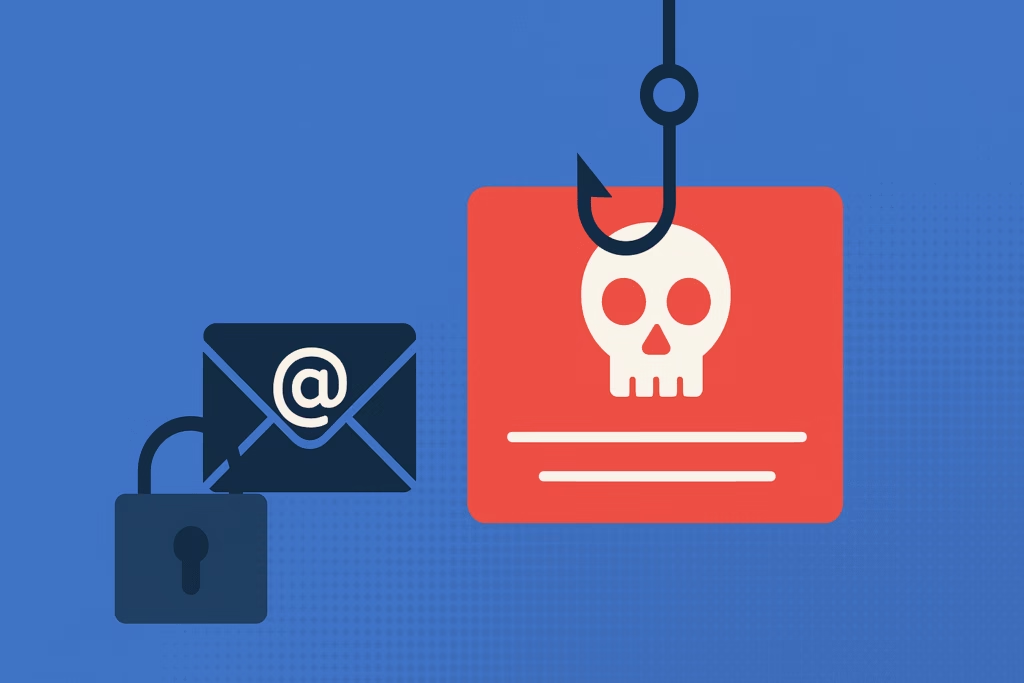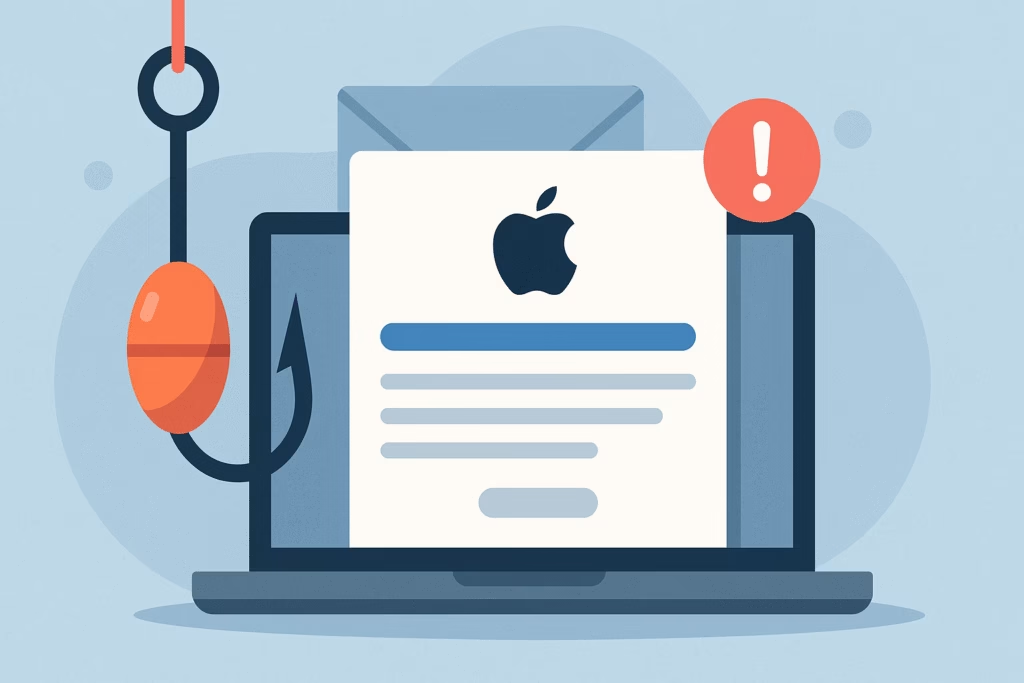
Dropbox phishing emails have become increasingly sophisticated, targeting millions of users worldwide who rely on cloud storage for their personal and professional data. These deceptive messages often appear legitimate, mimicking official Dropbox communications to steal login credentials and gain unauthorized access to sensitive files. Understanding how to identify and protect yourself from these threats is crucial for maintaining the security of your digital assets.
Cybercriminals specifically target Dropbox users because of the platform’s massive user base—over 700 million registered users globally—and the valuable data typically stored in cloud accounts. From business documents to personal photos, the information in your Dropbox represents a goldmine for malicious actors seeking to commit identity theft, corporate espionage, or financial fraud.
Recognizing Dropbox Phishing Email Tactics
Dropbox phishing emails employ various psychological manipulation techniques to deceive users into compromising their accounts. These messages often create a sense of urgency or fear, prompting hasty decisions that bypass normal security awareness.
Common Dropbox Phishing Email Scenarios
The most frequent dropbox phishing email variations include:
- Account suspension warnings: Messages claiming your account will be deactivated unless you verify your credentials immediately
- Security breach notifications: Fake alerts about unauthorized access attempts requiring password updates
- Storage limit exceeded notices: False warnings about reaching storage capacity with links to “upgrade” your account
- File sharing invitations: Malicious links disguised as document sharing requests from colleagues or friends
- Two-factor authentication setup: Deceptive messages requesting authentication information under the guise of enhanced security
Visual and Technical Red Flags
Authentic Dropbox communications follow specific formatting and technical standards. Phishing email dropbox attempts often contain telltale signs of deception:
- Sender address inconsistencies: Legitimate Dropbox emails originate from “@dropbox.com” domains, while phishing attempts use variations like “@dr0pbox.com” or “@dropbox-security.net”
- Generic greetings: Official communications typically include your name, while phishing messages use broad terms like “Dear User” or “Valued Customer”
- Spelling and grammar errors: Professional companies maintain strict quality standards, making obvious mistakes a clear warning sign
- Suspicious URLs: Hover over links to reveal destinations—legitimate Dropbox links should direct to official dropbox.com subdomains
- Mismatched branding: Incorrect logos, fonts, or color schemes that differ from official Dropbox design standards
Step-by-Step Guide to Verify Dropbox Communications
When receiving any Dropbox-related email, following a systematic verification process can prevent falling victim to phishing attempts.
Immediate Assessment Protocol
- Pause and analyze: Never click links or download attachments immediately upon receiving security-related messages
- Check the sender: Examine the “From” field carefully, looking for subtle misspellings or domain variations
- Review the subject line: Legitimate Dropbox emails use consistent subject line formatting and avoid excessive capitalization or exclamation marks
- Inspect URLs without clicking: Hover over links to preview destinations, ensuring they lead to official Dropbox domains
- Cross-reference with official channels: Log into your Dropbox account directly through the official website to verify any claimed issues
Advanced Verification Techniques
For users managing business accounts or sensitive data, implementing additional verification steps provides enhanced protection:
- Email header analysis: Examine full email headers for authentication records like SPF, DKIM, and DMARC validation
- Contact verification: If the email claims to be from a colleague or business partner, verify through alternative communication channels
- Timestamp correlation: Check if the email timing aligns with your recent Dropbox activity or account changes
Securing Your Dropbox Account Against Phishing Attacks
Proactive security measures significantly reduce the risk of successful phishing attempts and minimize potential damage from compromised credentials.
Essential Account Security Settings
Dropbox provides several built-in security features that users should activate immediately:
- Enable two-factor authentication (2FA): This adds an extra layer of protection even if your password is compromised
- Configure login notifications: Receive alerts for new device logins to detect unauthorized access attempts
- Review connected apps: Regularly audit third-party applications with Dropbox access permissions
- Set up security keys: Use hardware-based authentication for maximum account protection
- Enable remote wipe capabilities: Prepare for quick action if devices are lost or stolen
Password Management Best Practices
Strong password policies form the foundation of cloud storage security. According to data breach statistics, weak or reused passwords contribute to over 80% of successful account compromises.
- Create unique passwords exceeding 12 characters with mixed character types
- Implement password managers to generate and store complex credentials
- Establish regular password rotation schedules, especially for business accounts
- Never reuse Dropbox passwords across other platforms or services
What to Do If You Fall Victim to Dropbox Phishing
Quick response actions can minimize damage and prevent further compromise when phishing attacks succeed.
Immediate Response Steps
- Change your password immediately: Access Dropbox through official channels and update your credentials
- Enable 2FA if not already active: Add this protection layer to prevent future unauthorized access
- Review recent account activity: Check login history and file access logs for suspicious behavior
- Scan connected devices: Run comprehensive malware scans on all devices used to access Dropbox
- Update recovery information: Ensure backup email addresses and phone numbers remain under your control
Damage Assessment and Recovery
After securing your account, conduct a thorough review to understand the scope of potential compromise:
- Examine file modification timestamps to identify unauthorized changes
- Check sharing permissions for files and folders that may have been exposed
- Review deleted files in case sensitive documents were removed
- Audit paper trail access logs if available through Dropbox Business features
Advanced Protection Strategies for Business Users
Organizations using Dropbox for business operations require enhanced security measures beyond individual account protection.
Enterprise Security Implementation
Business accounts benefit from centralized security management and advanced threat detection capabilities:
- Deploy single sign-on (SSO) integration to centralize authentication and reduce phishing attack surfaces
- Implement domain verification to ensure only authorized email domains can access company Dropbox resources
- Configure advanced sharing controls to prevent accidental data exposure through phishing-compromised accounts
- Establish data loss prevention (DLP) policies to monitor and control sensitive information handling
Employee Training and Awareness
Human error remains the weakest link in cybersecurity chains, making ongoing education crucial for organizational protection. Regular training programs should cover:
- Current phishing trends and attack methodologies
- Company-specific security policies and procedures
- Incident reporting protocols for suspected security events
- Regular simulated phishing exercises to test awareness levels
Integrating Comprehensive Email Security Solutions
While awareness and best practices provide essential protection, technical solutions offer additional layers of defense against sophisticated dropbox phishing attempts.
Advanced email security platforms can automatically detect and block phishing emails before they reach user inboxes, analyzing message content, sender reputation, and behavioral patterns to identify threats. These solutions work particularly effectively when combined with user education and strong account security practices.
PhishDef provides comprehensive protection against phishing attacks targeting cloud storage platforms like Dropbox, using advanced machine learning algorithms to identify and neutralize threats before they can compromise your accounts or data.
Key Takeaways for Dropbox Phishing Protection
Protecting your Dropbox account from phishing attacks requires a multi-layered approach combining awareness, technical controls, and proactive security measures. Remember these critical points:
- Always verify suspicious emails through official Dropbox channels before taking action
- Enable two-factor authentication and other available security features immediately
- Maintain strong, unique passwords and consider using password managers
- Implement comprehensive security training for business environments
- Deploy technical solutions to complement human vigilance and awareness
The threat landscape continues evolving, with cybercriminals developing increasingly sophisticated techniques to compromise cloud storage accounts. Staying informed about current threats and maintaining robust security practices ensures your valuable data remains protected.
Don’t wait for a security incident to take action. Protect your organization from dropbox phishing emails and other advanced threats with PhishDef’s comprehensive email security solution. Contact us today to learn how our advanced threat detection can safeguard your business communications and prevent costly data breaches.


